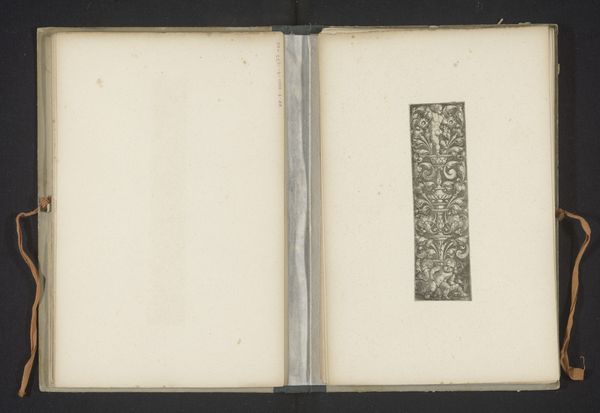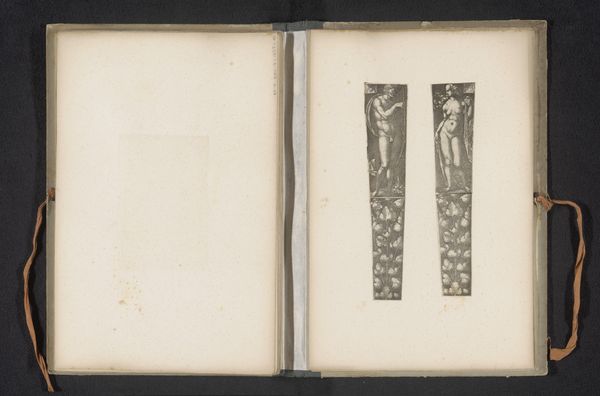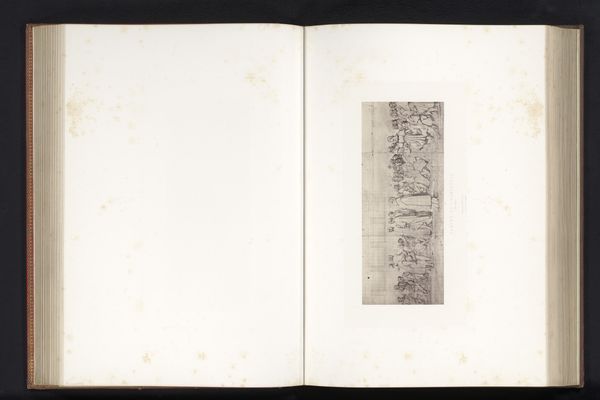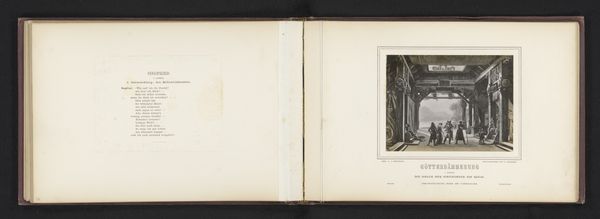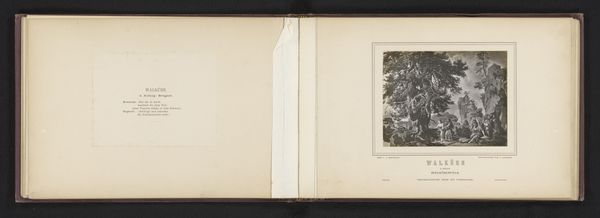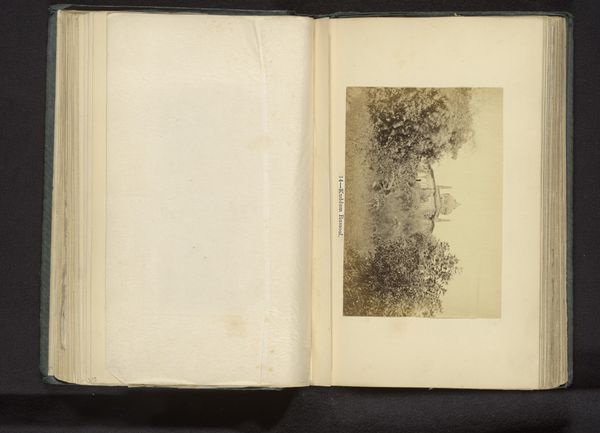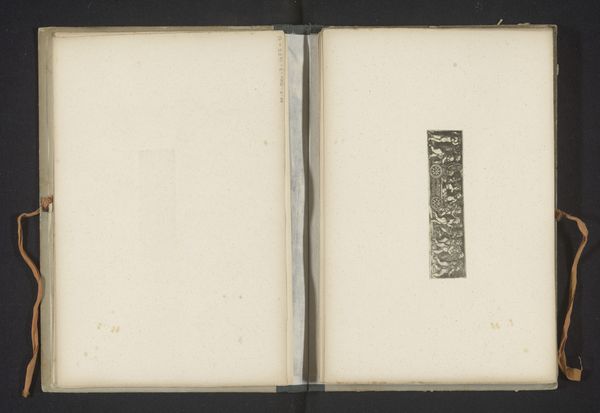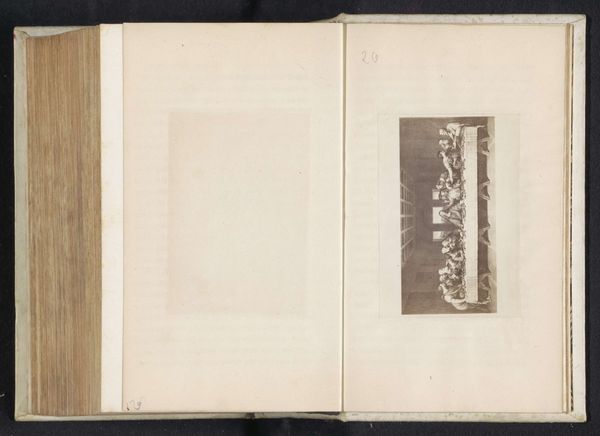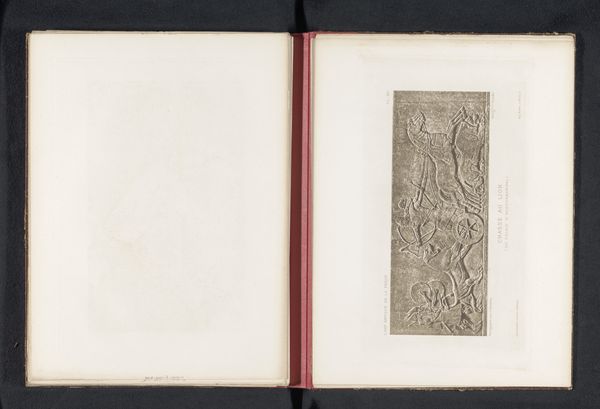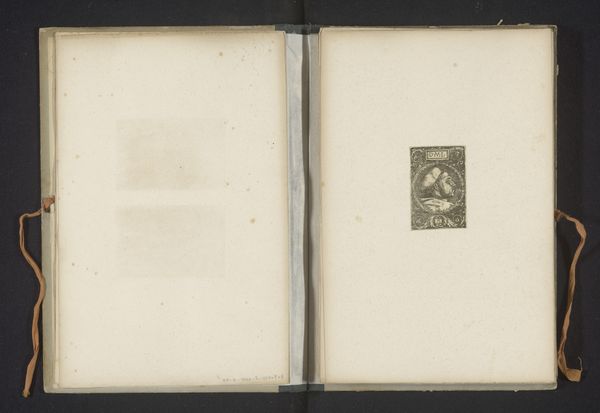
Fotoreproducties van twee tekeningen voor decoratieve friezen voor wandschilderingen voor het trappenhuis van het Neues Museum in Berlijn before 1870
0:00
0:00
drawing, print, paper, ink
#
drawing
#
aged paper
#
homemade paper
#
ink paper printed
# print
#
hand drawn type
#
paper texture
#
paper
#
ink
#
hand-drawn typeface
#
fading type
#
geometric
#
thick font
#
line
#
white font
#
delicate typography
#
decorative-art
Dimensions: height 250 mm, width 325 mm
Copyright: Rijks Museum: Open Domain
Here we see two friezes by Gustav Schauer, made as studies for the Neues Museum in Berlin. Within the sinuous lines and vegetal forms, are animals that hint at something more profound. Take, for example, the recurring motif of the lion. This symbol of strength and royalty appears as far back as ancient Mesopotamia. In the friezes, the lion morphs, intertwines, and dances amidst foliage. Such transformations speak to our collective, subconscious need to tame the wild, to integrate the raw power of nature into our ordered world. The image carries an emotional charge. It is a reminder of our primordial connection to the natural world, which echoes through cultures, from the animal processions on the Ishtar Gate to heraldic emblems in medieval Europe. This emotional and cultural memory is what moves us, even now. This cyclical journey of symbols mirrors our own human story, one of constant reinvention, as these primal motifs reappear, transformed, in the grand theater of human history.
Comments
No comments
Be the first to comment and join the conversation on the ultimate creative platform.
